This post may contain affiliate links. When you purchase through links on my site, I may earn a commission at no cost to you. See my Privacy Policy for details.
As the winter chill embraces the landscape, gardeners often find themselves yearning for the first signs of spring, eager to get their hands back into the soil. What if there was a way to kickstart your gardening adventure while the frost still lingers? Try winter sowing – a unique and innovative approach to starting seeds outdoors in winter.
Let’s look into the art and science of winter sowing, exploring the benefits, techniques, and sheer joy it brings to gardening enthusiasts. Bucking the trend of traditional indoor seed starting, winter sowing embraces the cold, offering a host of advantages that set it apart from conventional methods. So, grab your gardening gloves and join me on this journey as we uncover the secrets of winter sowing and discover how it can transform your garden into a thriving oasis even before the last snowflake melts away.
Why Winter Sowing?
Winter sowing may seem counterintuitive at first glance, with the frosty temperatures and the earth seemingly in hibernation. However, this unconventional approach to seed starting comes with a myriad of advantages that make it a compelling choice for avid gardeners. Let’s explore why embracing the cold through winter sowing is not only feasible but also beneficial for your upcoming gardening season.
Benefits of Winter Sowing
- Early Start to the Growing Season One of the primary perks of winter sowing is gaining a head start on the growing season. By sowing seeds in winter, you initiate the germination process earlier than traditional methods, allowing your plants to establish stronger root systems before transplanting them into the garden.
- Natural Stratification Winter sowing takes advantage of Mother Nature’s processes. The cold temperatures act as a natural stratification method, breaking down seed dormancy and preparing them for germination. This natural stratification results in more robust and resilient seedlings.
- Cost-Effective Method Forget the need for expensive indoor setups with artificial lighting and heating systems. Winter sowing utilizes the outdoor environment, minimizing the need for additional resources. It’s a cost-effective alternative that aligns with sustainable gardening practices.
- Hardy Seedlings Exposing seeds to the winter elements produces hardier seedlings. These plants are better equipped to handle outdoor conditions, including temperature fluctuations and unexpected frosts. The hardiness developed during winter sowing contributes to overall plant resilience.
This unique approach challenges the conventional norms, demonstrating that, sometimes, going against the grain leads to the most rewarding results in the world of gardening.
Ideal Seeds for Winter Sowing
Selecting Seeds that Thrive in Cooler Temperatures
When it comes to winter sowing, not all seeds are created equal. To maximize the success of this unique gardening approach, it’s essential to choose seeds that not only tolerate but thrive in cooler temperatures. Here are ideal seeds for winter sowing and the varieties that will eagerly sprout and flourish in the brisk winter air.
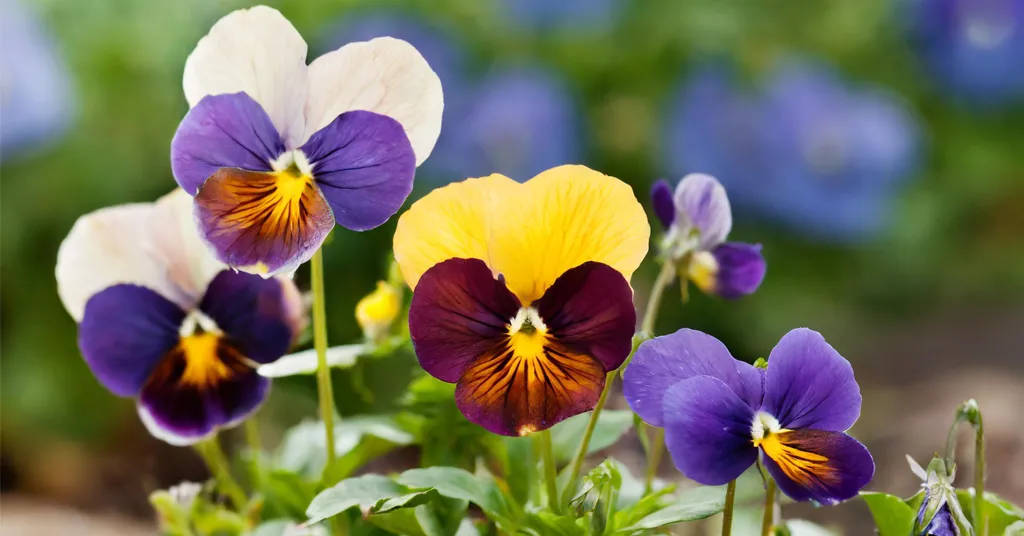
- Cold-Loving Flowers Opt for flower varieties that appreciate the chill. Pansies, violas, and snapdragons are excellent choices. Their vibrant colors will add an early splash of beauty to your garden, defying the winter gloom.
- Hardy Vegetables When it comes to vegetables, certain cold-hardy options are tailor-made for winter sowing. Consider sowing seeds of kale, spinach, and winter lettuce. These robust greens not only endure the cold but often taste sweeter after exposure to frost.
- Perennial Herbs Embrace the aromatic world of perennial herbs like thyme, sage, and rosemary. Winter sowing these herbs ensures a fragrant and flavorful addition to your garden, ready to enhance your culinary creations when the warmer days arrive.
- Cool-Season Grasses Transform your lawn or garden borders with cool-season grasses. Seeds of fescue or ryegrass can be winter-sown to establish lush greenery that withstands winter conditions and provides a refreshing contrast to the dormant landscape.
- Native Wildflowers Connect with the local ecosystem by choosing native wildflower seeds. These plants have evolved to thrive in your specific climate, making them well-suited for winter sowing. Look for seeds of coneflowers, black-eyed Susans, or native grasses to support local biodiversity.
When selecting seeds for winter sowing, consider the specific requirements of each plant and match them to your local climate. Cold tolerance, adaptability, and a preference for cooler temperatures are key factors to ensure a successful winter sowing experience.
Choosing the Right Containers
The choice of containers is a factor that can significantly impact the success of your gardening venture. Optimal growth starts with the right container selection. There are many options available and understanding how choosing the right containers sets the stage for a flourishing winter-sown garden.
- Milk Jugs and Plastic Containers Repurposing milk jugs or other plastic containers is a popular and cost-effective choice. Cut the containers in half, create ventilation holes, and you have a mini-greenhouse for your seeds. The translucent plastic allows sunlight to reach the seeds while protecting them from the harsh winter elements.
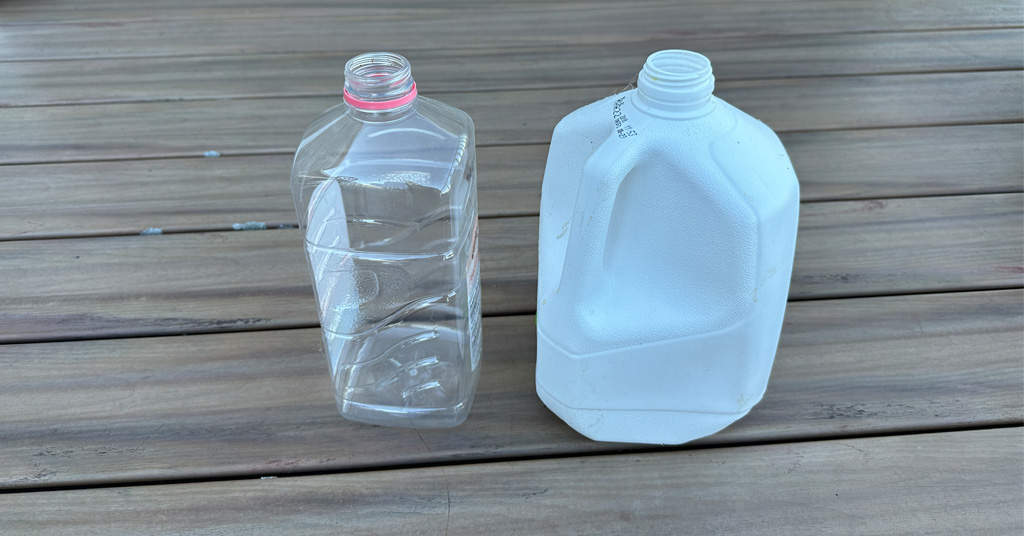
- Seed Trays with Lids Seed trays equipped with transparent lids offer a controlled environment for your winter-sown seeds. These trays come in various sizes, providing ample space for multiple seed varieties. The lids regulate moisture levels and create a microclimate conducive to seed germination.
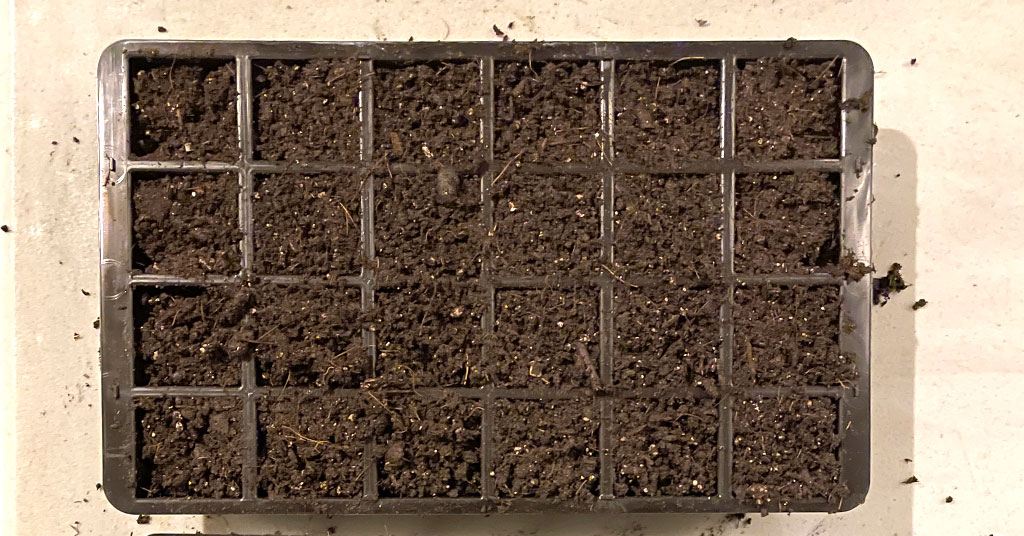
- Biodegradable Pots For an eco-friendly approach, consider biodegradable pots made from materials like peat or coconut coir. These pots can be directly planted into the soil, minimizing transplant shock for the seedlings. As they decompose, they enrich the soil with organic matter.
- Terracotta Pots Terracotta pots provide natural breathability to the soil, preventing excess moisture buildup. While they may not offer the same insulation as plastic containers, they still serve as viable options for winter sowing. Ensure proper drainage holes are present to avoid waterlogging.
- Recycled Containers with Lids Upcycling various containers with secure lids, such as salad containers or takeout boxes, is a creative way to contribute to sustainability. Ensure proper drainage holes and ventilation, transforming these everyday items into effective seed-starting vessels.
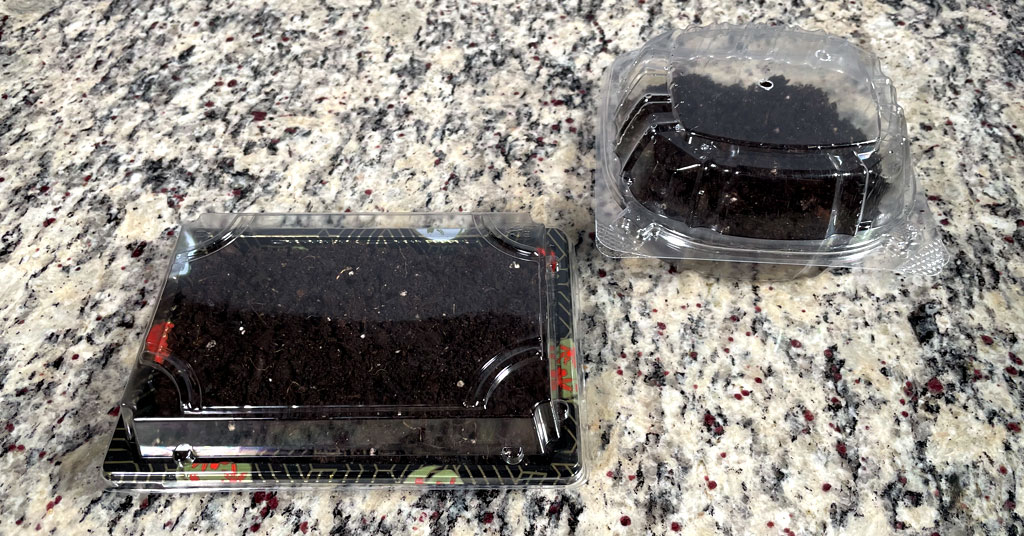
Remember, the key is to provide a protective environment for your seeds while allowing sunlight to reach them. Whatever container you choose, ensure it has proper drainage and ventilation to create the optimal conditions for germination and seedling growth.
Preparing the Soil
Now that you’ve chosen the right containers, it’s time to turn your attention to the soil – the literal foundation of your winter-sown garden. Proper soil preparation is crucial for ensuring that your seeds have the nutrients and support they need to germinate and thrive. These are the essential steps for setting the foundation for successful winter sowing.
- Use a High-Quality Seed Starting Mix Opt for a well-draining seed starting mix that provides the right balance of moisture retention and aeration. A mix formulated for seedlings ensures that your seeds receive the necessary nutrients for a healthy start.
- Moisten the Soil Before Sowing Before placing your seeds, moisten the seed starting mix to the point where it feels like a wrung-out sponge. This ensures that the seeds have access to the moisture they need for germination.
- Fill Containers Adequately Fill your chosen containers with the prepared seed starting mix, leaving some space at the top. This allows for easy watering and accommodates the growth of seedlings without overwhelming the container.
- Label Containers Avoid confusion by labeling each container with the type of seeds sown. This small yet crucial step will save you from guesswork once the seedlings start to sprout.
- Provide Even Seed Distribution Scatter the seeds evenly over the soil surface, following the recommended spacing for each plant variety. Gently press the seeds into the soil or lightly cover them with a thin layer of the seed starting mix.
- Water Gently and Thoroughly Use a fine mist or a gentle watering can to moisten the soil without disturbing the seeds. Ensure that the water reaches the bottom of the container, promoting uniform germination.
By preparing the soil for your winter-sown seeds, you create a nurturing environment that encourages successful germination and robust seedling development.
Shielding Your Seedlings from Harsh Winter Elements
While winter sowing sets the stage for robust seedling growth, it’s crucial to implement protective measures to shield your budding plants from the unpredictable nature of winter. The harsh elements, including frost and wind, can pose challenges to your winter-sown garden. Let’s explore effective protective measures to ensure the well-being of your seedlings during their vulnerable stages.
- Mulching Around Containers Surrounding your containers with a layer of mulch provides insulation and helps regulate soil temperature. This acts as a buffer against extreme temperature fluctuations, safeguarding your seedlings from sudden cold snaps.
- Using Mini-Greenhouses For an added layer of protection, consider placing clear plastic covers or miniature greenhouses over your containers. These structures create a microclimate that shields your seedlings from wind and retains heat, fostering optimal growing conditions.
- Applying Row Covers Row covers made of breathable fabric offer protection without trapping excess moisture. These covers act as a barrier against frost while allowing air circulation, and preventing heat buildup during sunny days.
- Choosing Sheltered Locations Position your winter-sown containers in sheltered areas that receive adequate sunlight. Placing them against a south-facing wall or near structures can provide a natural barrier against harsh winds, reducing the risk of desiccation.
- Monitoring Weather Conditions Stay vigilant about upcoming weather forecasts. Covering your containers with protective measures when frost is predicted ensures that your seedlings are shielded from the detrimental effects of icy temperatures.
- Utilizing Season-Extending Tools Employing season-extending tools like cloches or frost blankets adds an extra layer of defense against winter’s challenges. These tools create a microclimate around individual plants, offering them a cozy haven amidst the cold.
Remember, the key to successful winter sowing lies in adapting these protective measures to your specific climate and local conditions. By providing a shield against the harsh elements, you enhance the resilience of your winter-sown garden and increase the likelihood of a thriving harvest.
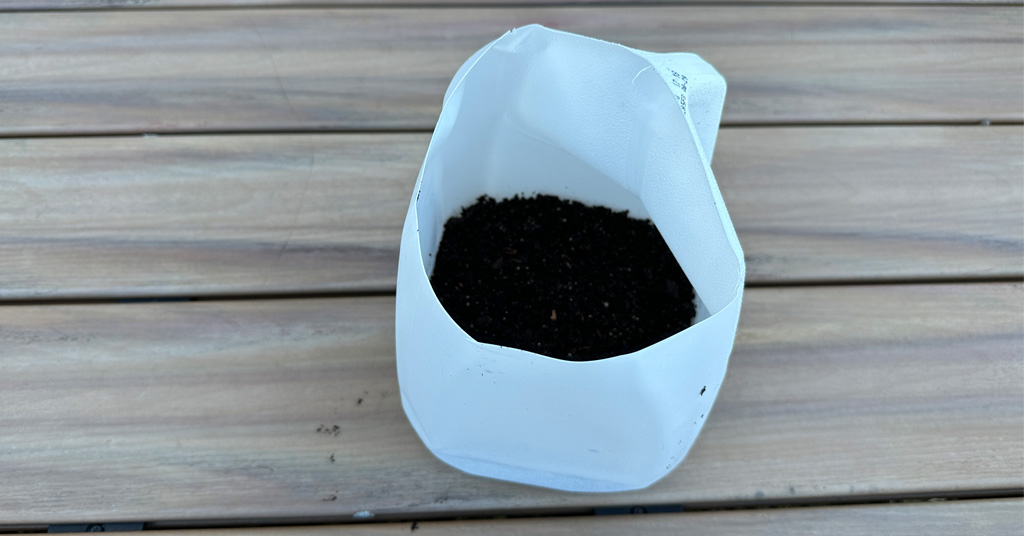
Keeping an Eye on Your Winter-Sown Garden
As your winter-sown garden begins its journey from seeds to sprouts, the role of monitoring becomes very important. Keeping a close eye on the growth of your seedlings allows you to intervene when necessary and ensures that your garden thrives throughout the winter months. Here’s a guide to effectively monitoring the progress of your winter-sown plants.
- Daily Visual Checks Dedicate a few moments each day to visually inspecting your winter-sown containers. Look for signs of emerging seedlings, changes in color, or any visible stress indicators. Early detection is key to addressing potential issues.
- Soil Moisture Assessment Test the moisture level of the soil regularly. While winter sowing requires less frequent watering than traditional methods, ensuring the soil remains consistently moist (but not waterlogged) supports healthy seedling development.
- Temperature Monitoring Use a soil thermometer to monitor both daytime and nighttime temperatures around your winter-sown containers. This information helps you make informed decisions about whether additional protective measures are needed.
- Adjusting Protective Coverings Be flexible with your protective coverings. Remove or adjust them on warmer days to prevent excessive heat buildup, and promptly cover your containers when frost is forecasted to safeguard against chilly nights.
- Observing Growth Patterns Take note of the growth patterns of different plant varieties. Some seeds may germinate and grow at different rates. Understanding these variations allows you to tailor your care to the specific needs of each type of seedling.
- Recording Observations Maintain a gardening journal to document your observations. Note the date of germination, growth milestones, and any challenges faced. This record becomes a valuable resource for refining your winter sowing techniques in subsequent seasons.
By actively monitoring the growth of your winter-sown garden, you become a proactive caretaker, ensuring that your plants receive the attention and care they need to flourish. As you witness the transformation from tiny seeds to resilient seedlings, your efforts in monitoring growth contribute to the success of your winter gardening endeavor.
Common Mistakes to Avoid when Winter Sowing
Embarking on the journey of winter sowing can be an exciting venture, but like any gardening method, it comes with its own set of challenges. To ensure a successful winter-sown garden, it’s essential to be aware of common pitfalls and avoidable mistakes. Here’s a guide to help you navigate through potential setbacks and make the most of your winter sowing experience.
- Ignoring Local Climate Conditions: Neglecting to research and understand your local climate can lead to poor seed selection and inappropriate sowing times. Be mindful of your hardiness zone and tailor your winter sowing plans accordingly.
- Overcrowding Containers: While the enthusiasm to grow a variety of plants is commendable, overcrowding containers can hinder proper air circulation and lead to competition for nutrients. Follow recommended spacing guidelines to ensure each seedling has ample space to thrive.
- Inadequate Labeling: Underestimating the importance of labeling can confuse once seeds start germinating. Clearly label each container with the type of seeds sown to avoid mix-ups and to track the progress of different plant varieties.
- Skipping Soil Preparation: Rushing the soil preparation process or using a low-quality seed starting mix can negatively impact germination rates and seedling development. Take the time to create a well-draining and nutrient-rich foundation for your seeds.
- Inconsistent Moisture Levels: Balancing moisture is critical in winter sowing. Overwatering or allowing the soil to dry out can both be detrimental. Monitor moisture levels regularly and adjust watering accordingly, keeping the soil consistently moist but not waterlogged.
- Neglecting Protective Measures: Assuming your seeds are impervious to winter weather is a common mistake. Failing to implement protective measures, such as mulching or covering containers during frosty nights, can compromise the success of your winter-sown garden.
- Starting Too Late: Timing is key in winter sowing. Starting too late in the season may result in stunted growth or insufficient root development before transplanting. Begin the process early in winter to take full advantage of the extended growing season.
- Lack of Patience: Impatience can lead to unnecessary interventions or premature transplantation. Trust the natural germination process and resist the urge to disturb the seeds or seedlings before they are ready.
- Ignoring Microclimates: Overlooking microclimates in your garden can impact the success of winter sowing. Pay attention to areas with varying sunlight exposure and temperature fluctuations, as they can influence the growth of different plant varieties.
- Disregarding Seed Specifics: Different seeds have unique requirements. Failing to consider the specific needs of each seed variety, such as sunlight preferences or ideal soil conditions, can result in uneven growth and overall disappointment.
By being mindful of these common mistakes, you can navigate the challenges of winter sowing with confidence and increase the likelihood of a thriving garden. Remember, each mistake is an opportunity to learn and refine your approach, ultimately contributing to a more successful and enjoyable gardening experience.
Tools and Equipment
Essentials for Efficient Winter Sowing
Successful winter sowing requires a modest but essential set of tools and equipment to ensure that your seeds have the best possible start in the cold winter months. Having the right gear on hand can make the process more efficient and enjoyable. Here’s a comprehensive list of tools and equipment you’ll need for a successful winter-sown garden.
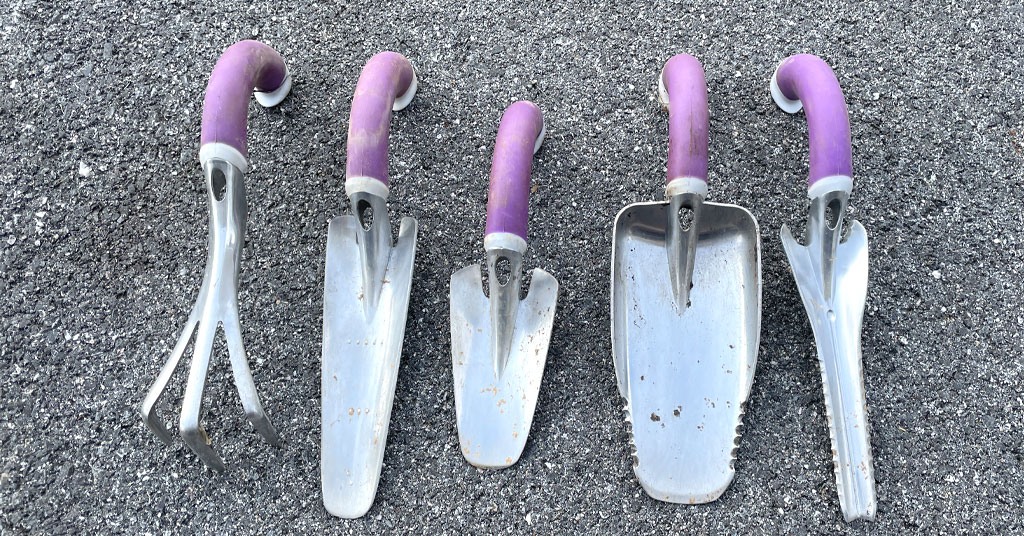
- Containers: Choose containers that are suitable for winter sowing, such as recycled milk jugs, plastic containers, or purpose-built seed trays with lids. Ensure they have proper drainage and enough depth for healthy root development.
- Seed Starting Mix: Invest in a high-quality seed starting mix that provides a well-draining and nutrient-rich environment. This sets the foundation for healthy seed germination and robust seedling growth.
- Labels and Markers: Avoid confusion by labeling each container with the type of seeds sown. Use weather-resistant markers or labels to withstand outdoor conditions, ensuring accurate identification as your seeds sprout.
- Clear Plastic Covers or Miniature Greenhouses: Provide additional protection to your containers with clear plastic covers or miniature greenhouses. These structures create a microclimate that shields seedlings from harsh winter elements while allowing sunlight to reach them.
- Mulch: Surrounding your containers with a layer of mulch provides insulation and helps regulate soil temperature. Mulch acts as a natural buffer against extreme weather conditions, supporting your seedlings’ well-being.
- Watering Can or Fine Mist Sprayer: Use a watering can or a fine mist sprayer for gentle and precise watering. Proper hydration is crucial, and these tools prevent soil disturbance while ensuring even moisture distribution.
- Thermometer: Keep track of outdoor temperatures with a thermometer. This tool helps you make informed decisions about protective measures based on temperature fluctuations, ensuring your seedlings are shielded from extreme cold.
- Gardening Journal: Maintain a gardening journal to record important observations, including sowing dates, germination progress, and any adjustments made to the protective measures. This record becomes a valuable resource for future winter sowing endeavors.
- Gloves and Garden Apron: Protect your hands and clothing with gloves and a garden apron. These items come in handy during soil preparation, sowing, and other hands-on tasks, keeping you comfortable throughout the process.
- Hand Trowel or Soil Scoop: Use a hand trowel or soil scoop to fill containers with the seed starting mix. These tools make the process more efficient and ensure even distribution of the soil.
- Pruning Shears: Keep a pair of pruning shears on hand for thinning seedlings if needed. Thinning helps prevent overcrowding and ensures that each seedling has sufficient space to grow.
- Weather App or Forecast Updates: Stay informed about upcoming weather conditions by using a weather app or regularly checking forecast updates. This allows you to anticipate changes and adjust protective measures accordingly.
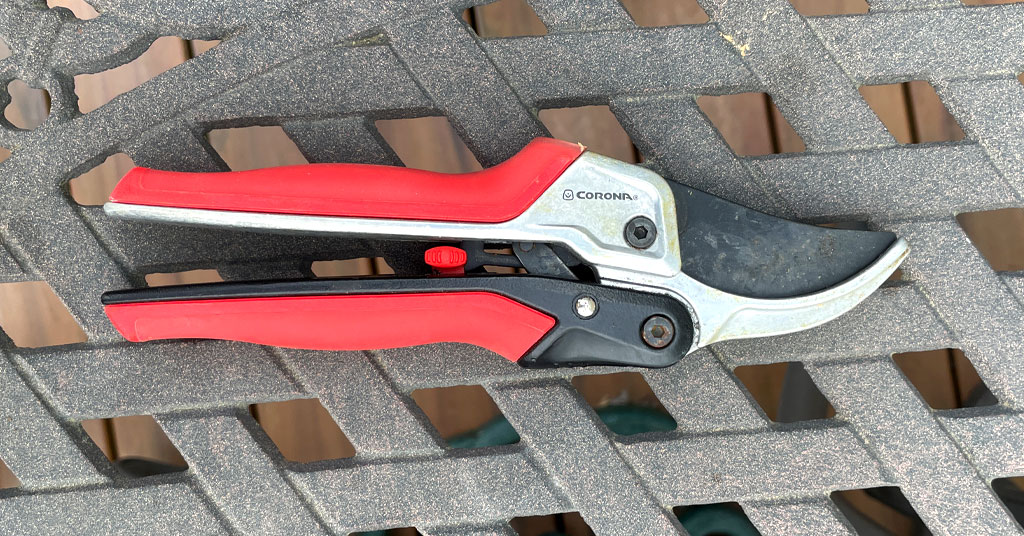
Equipping yourself with these essential tools and equipment sets the stage for an efficient and rewarding winter sowing experience. As you immerse yourself in the process, you’ll find that having the right gear not only streamlines the tasks but also enhances the overall success of your winter-sown garden.
Embrace the Chill and Watch Your Garden Thrive
Winter sowing provides a unique opportunity to kickstart your gardening journey while the frost still lingers. By sowing seeds outdoors in winter, you harness the benefits of natural stratification, cost-effectiveness, and hardy seedlings. The process involves carefully choosing seeds, containers, and soil preparation, followed by step-by-step sowing and protective measures. Monitoring the growth of your winter-sown garden can be incredibly rewarding.
Avoiding common mistakes and adopting tips for success, such as patience and utilizing microclimates, ensures a flourishing winter garden. Equipping yourself with the right tools adds another layer of joy to this gardening adventure.
FAQs About Winter Sowing
- Can I winter sow any type of seed? Absolutely! While some seeds thrive in colder temperatures, many varieties are suitable for winter sowing. Make sure to choose seeds that align with your local climate.
- How do I protect my winter-sown seeds from frost? Protective measures include using clear plastic covers or miniature greenhouses over your containers. Additionally, selecting frost-resistant seeds and monitoring weather conditions can help.
- Is winter sowing suitable for all regions? Winter sowing is versatile and adaptable to various climates. However, adjustments may be needed based on your specific growing zone. Researching your local conditions is key.
- Can I start winter sowing if I have limited gardening experience? Absolutely! Winter sowing is beginner-friendly, and its simplicity makes it an excellent starting point for novice gardeners. Follow the guidelines, stay patient, and enjoy the process.
- Are there specific tools I need for winter sowing? Basic tools such as containers, soil, and seeds are essential. Adding clear plastic covers, markers, and watering can enhance the process. Tailor your tools to your gardening space and preferences.

